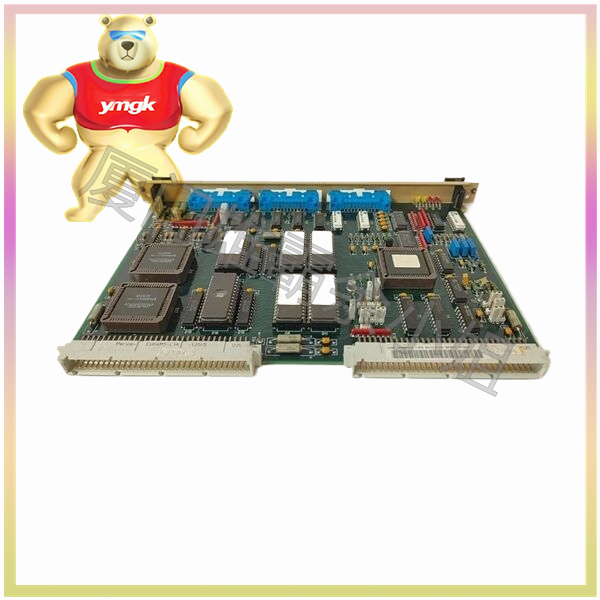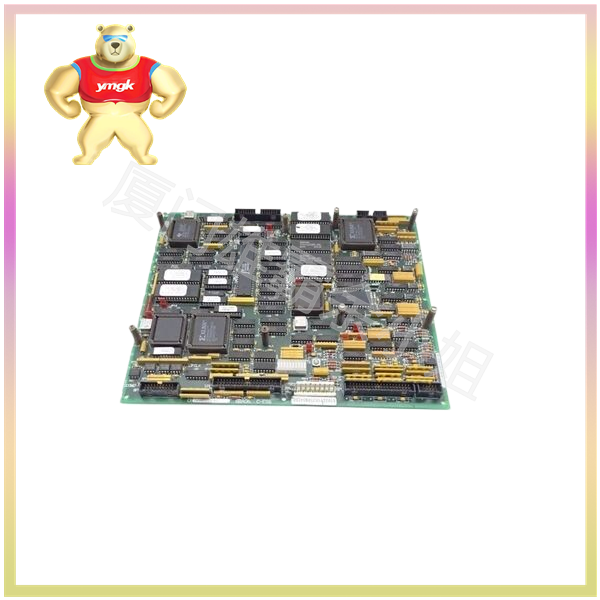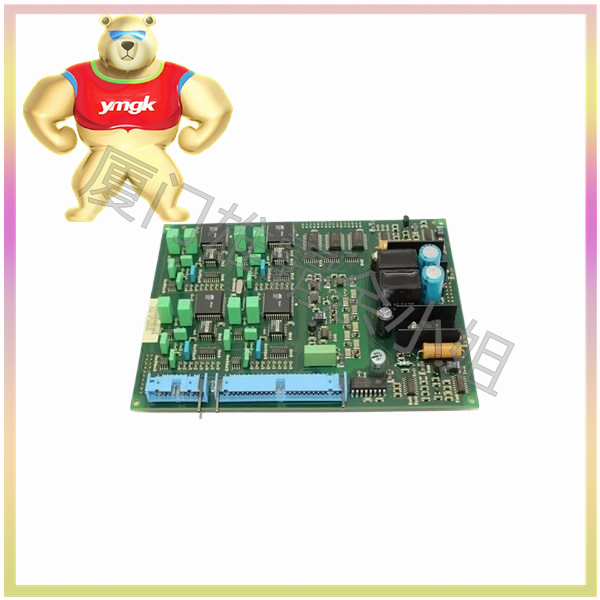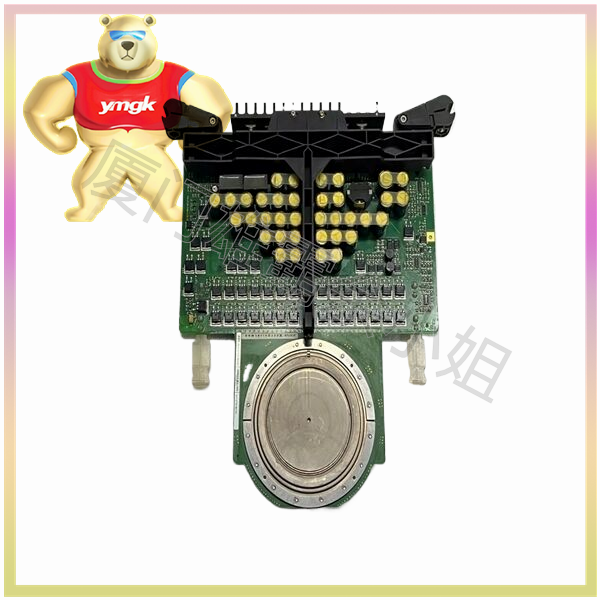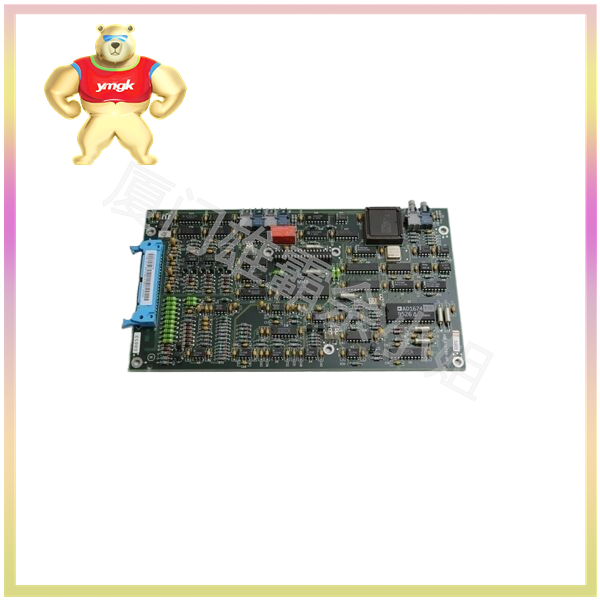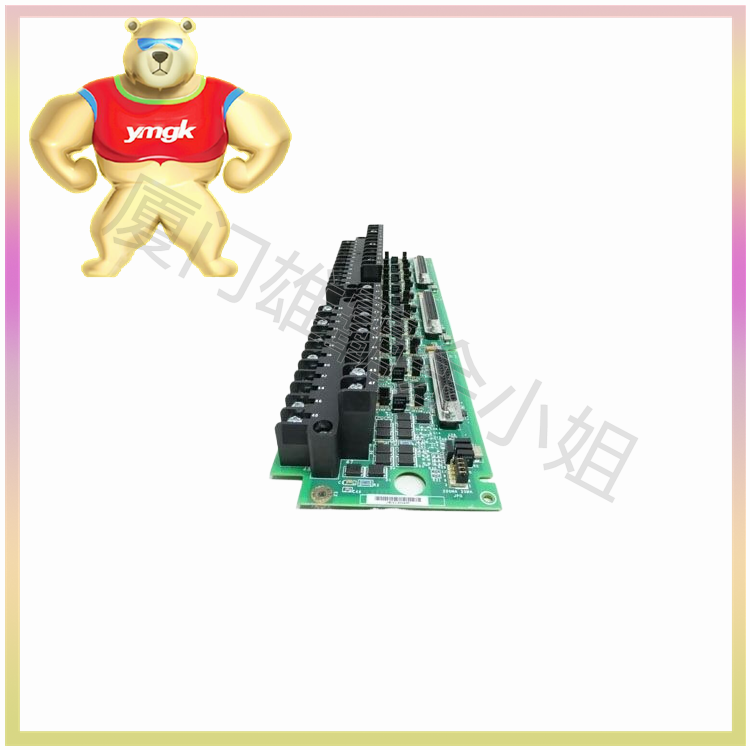A stepper motor controller is a device specifically designed to control stepper motors, which can be used to control the speed and direction of stepper motors. A stepper motor controller typically includes a drive circuit board and a control board. The drive circuit board is used to provide power and output pulse signals, while the control board is used to control the operation of the stepper motor.
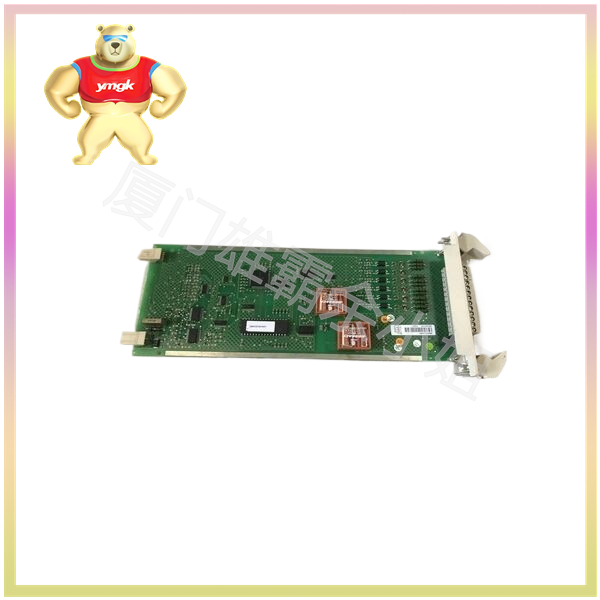
The application settings of stepper motor controllers generally include the following aspects:
- Selection of stepper motor drive mode: Stepper motor drive modes generally include full step drive and half step drive. Full step drive will cause the motor to enter a complete step state, while half step drive will cause the motor to enter a half step state.
- Setting of stepper motor speed: The stepper motor controller can control the motor speed by adjusting the frequency of the output pulse.
- Setting the direction of the stepper motor: The stepper motor controller can change the direction of the motor’s operation by controlling the direction of the output pulse signal.
- Setting of operating modes for stepper motors: Stepper motor controllers generally include forward rotation, reverse rotation, single axis, multi axis, and other operating modes.
- Setting of stepper motor protection function: The stepper motor controller generally also includes overcurrent protection, short circuit protection, overvoltage protection and other functions, which can effectively protect the safe and stable operation of the stepper motor.

